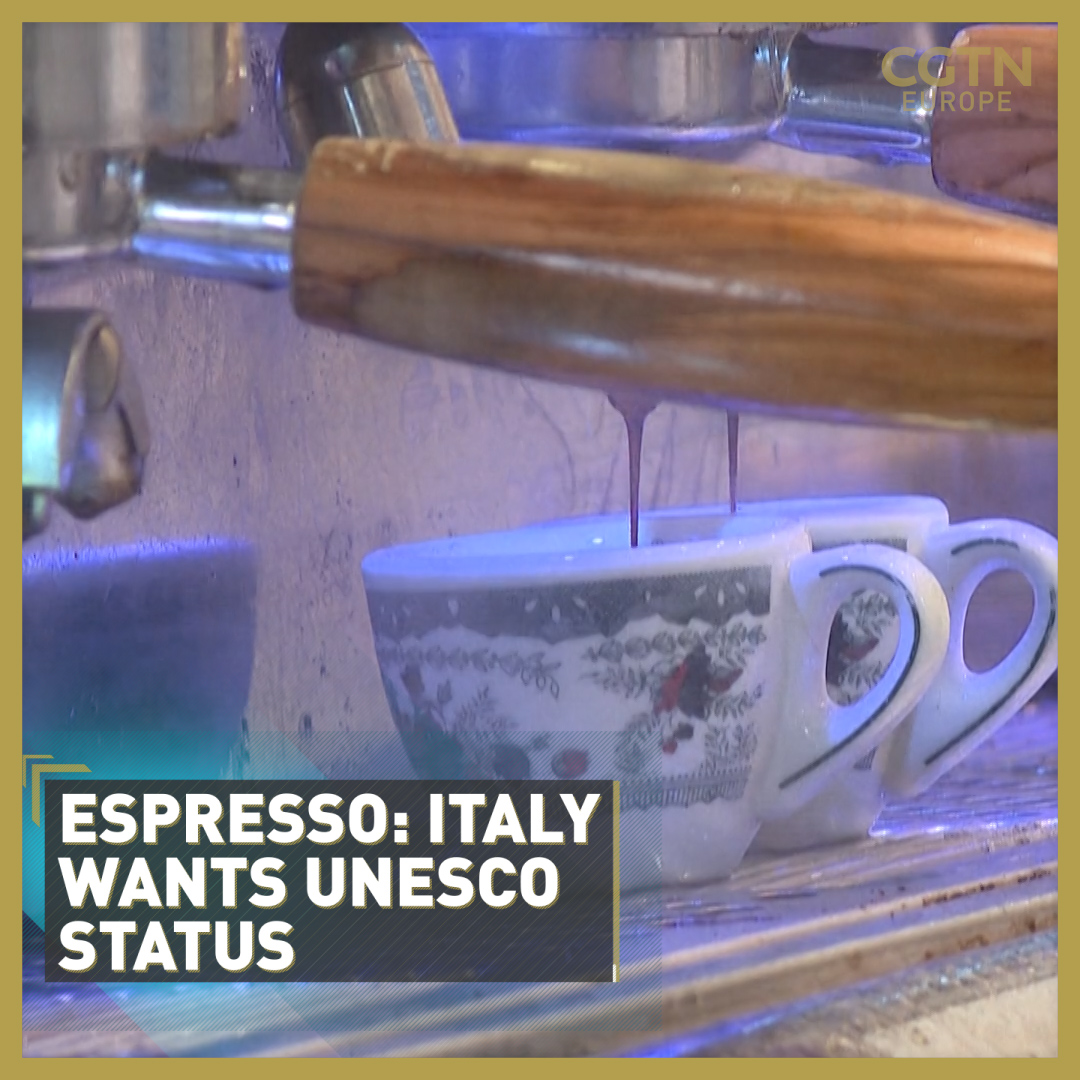00:56

Italy has decided to nominate its famous espresso as a candidate for UNESCO heritage status, claiming the drink is part of the country's national identity, and it's deeply entrenched in the way Italians socialize.
While worldwide people have gotten used to ordering their coffee in the form of an ever-increasing variety of styles, ranging from pumpkin spice lattes to frappuccinos, Italy has stayed loyal to its espresso since the drink was invented in the late 19th century.
Espresso - a robust, intense coffee made by forcing pressurized water through a handful of coffee powder - is a daily ritual for Italians. They drink it in the morning on their way to work or at home, after meals, and when meeting up with friends, family and colleagues.
"Coffee is an excuse to meet. This is what coffee is for us," Annamaria Conte, a retired teacher in Naples, told AFP. "A moment of joy, the need to be with people, to meet - more than having a coffee actually."
"The espresso is an excuse to tell a friend you care," says Massimiliano Rosati, owner of the Gambrinus cafe in Naples, which helped prepare the bid for a place on the UN's list of the world's intangible heritage.
"They are drunk every day, at any hour. It's a shared moment, a magical moment," he told AFP.

Gran Caffe Gambrinus is a historic cafe, pasticceria, and gelateria that opened in Naples in 1860. /Alberto Pizzoli/AFP
Gran Caffe Gambrinus is a historic cafe, pasticceria, and gelateria that opened in Naples in 1860. /Alberto Pizzoli/AFP
Over 30 million espressos are drunk every day across the entire country, with every region making its coffee slightly differently.
But to be a good espresso, this has to have a "round, substantial and velvety" taste and "hazel-brown to dark-brown foam, characterized by tawny reflexes," according to the Italian Espresso Institute.
The institute was set up in 1998 to safeguard the quality and tradition of espresso.
Italy's agriculture ministry will submit the bid for heritage status to the UNESCO headquarters in Paris by March 31.
Cover image: Alberto Pizzoli/AFP
Source(s): AFP

